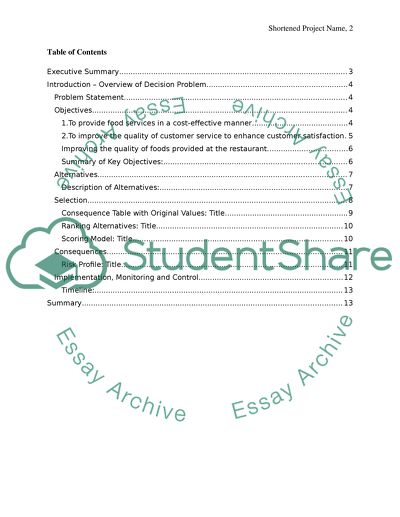Cite this document
(“Changing the Food Service in Healthcare Term Paper”, n.d.)
Retrieved from https://studentshare.org/health-sciences-medicine/1481216-changing-the-food-service-in-healthcare
Retrieved from https://studentshare.org/health-sciences-medicine/1481216-changing-the-food-service-in-healthcare
(Changing the Food Service in Healthcare Term Paper)
https://studentshare.org/health-sciences-medicine/1481216-changing-the-food-service-in-healthcare.
https://studentshare.org/health-sciences-medicine/1481216-changing-the-food-service-in-healthcare.
“Changing the Food Service in Healthcare Term Paper”, n.d. https://studentshare.org/health-sciences-medicine/1481216-changing-the-food-service-in-healthcare.


